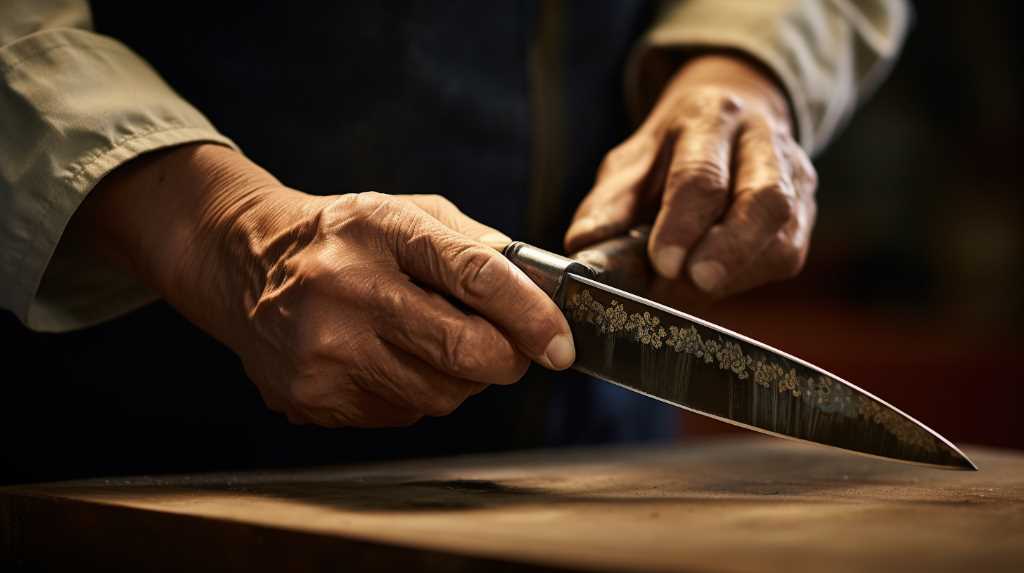
Looking to keep your throwing knife in top condition? Look no further! This concise guide will equip you with the knowledge and techniques needed to maintain, clean, and sharpen your throwing knife like a pro.
From proper storage to regular inspections, we'll cover it all. Say goodbye to dull edges and prevent damage and wear with our expert tips.
Get ready to unleash your throwing skills with a knife that's always ready for action.
Key Takeaways
- Regularly clean the throwing knife after each use to remove dirt, debris, and moisture.
- Use a specialized oil to protect the blade from rust and corrosion.
- Proper storage techniques protect the throwing knife from damage and theft.
- Regular inspections ensure the throwing knife remains in optimal condition.
Cleaning and Maintenance
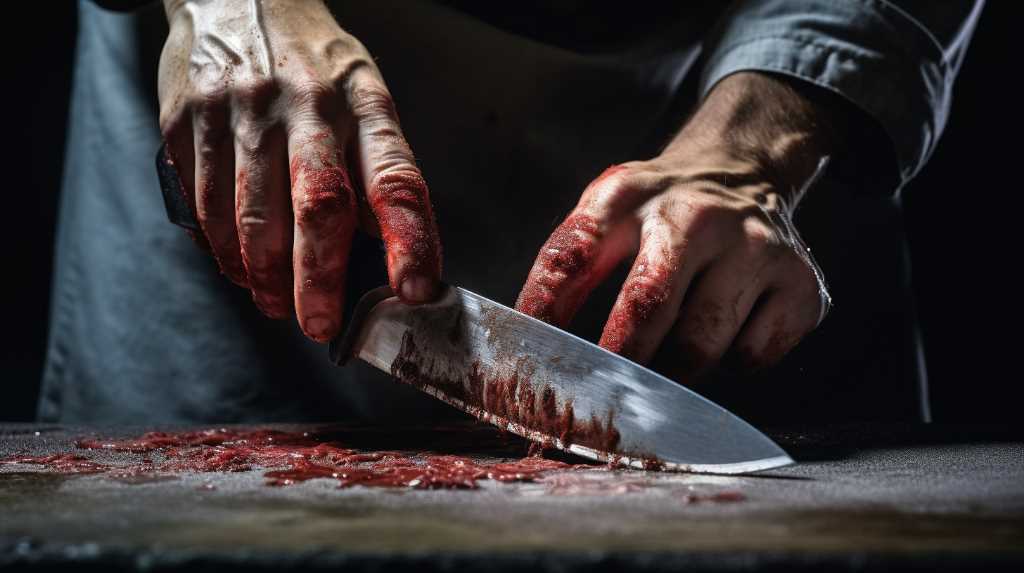
To ensure optimal performance and longevity, it is imperative to regularly clean and maintain the throwing knife. Cleaning the knife after each use is crucial in removing any dirt, debris, or moisture that may accumulate on the surface and contribute to corrosion. A specialized oil should be used to protect the blade from rust, as it forms a barrier against moisture and other corrosive elements.
Regular sharpening with a honing stone will help maintain the knife's edge, ensuring accurate and successful throws. By wiping the knife down with a specialized oil to prevent rust and sharpening the blade with a honing stone, throwing knife enthusiasts can enjoy a well-maintained and high-performing tool for years to come.
Proper Storage Techniques
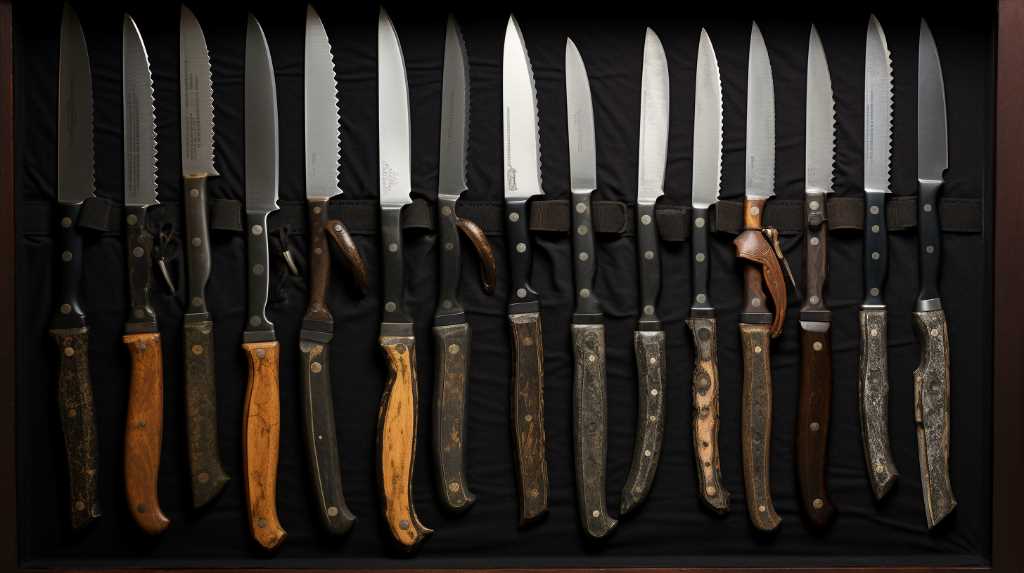
By implementing proper storage techniques, such as keeping the throwing knife in a dry and secure container, enthusiasts can protect their valuable tool from potential damage or theft. Here are four key considerations to ensure the longevity and safety of your throwing knife:
- Choose a suitable container: Opt for a sturdy case or sheath specifically designed for throwing knives. Ensure it is made of durable materials that can withstand wear and tear.
- Keep it clean and dry: Before storing the knife, make sure it is clean and completely dry to prevent rust and corrosion. Wipe it down with a soft cloth and apply a thin layer of oil if necessary.
- Avoid exposure to extreme temperatures: Extreme heat or cold can adversely affect the knife's blade and handle materials. Store it in a climate-controlled environment to maintain its integrity.
- Secure the container: Store the container in a locked cabinet or safe to prevent unauthorized access and potential theft.
Regular Inspection
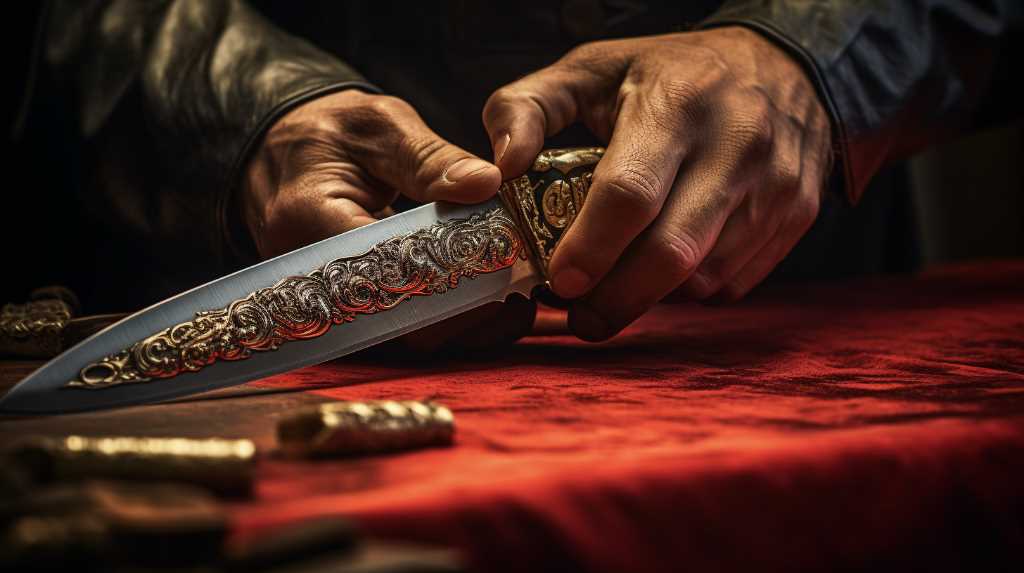
The regular inspection of a throwing knife is essential to identify any signs of wear or damage that may compromise its performance and safety. Throwing knives are subjected to high impact forces and constant use, making them susceptible to wear and tear.
By inspecting the knife regularly, you can ensure that it remains in optimal condition for accurate and safe throwing. During the inspection, pay close attention to the blade, handle, and overall balance of the knife. Look for any chips, cracks, or bends in the blade, as well as any loosening or damage to the handle.
Additionally, check the balance of the knife to ensure it is evenly distributed. If any signs of wear or damage are found, it is crucial to address them promptly to prevent further deterioration and maintain the knife's performance and safety.
Regular inspections are vital for the longevity and effectiveness of a throwing knife.
Sharpening Techniques
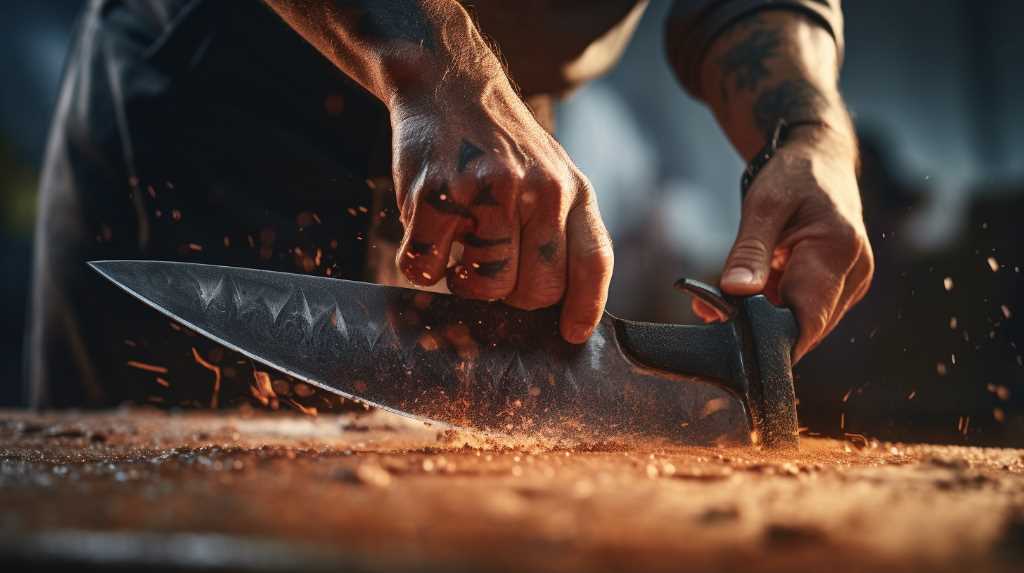
Effective sharpening techniques are crucial for maintaining the optimal performance and cutting ability of a throwing knife. A dull or improperly sharpened knife can lead to poor accuracy and reduced effectiveness when throwing. To ensure the best results, consider the following techniques:
- Choose the right sharpening tool: Different types of sharpening tools, such as whetstones or sharpening rods, have their own advantages. Select the tool that best suits your needs and skill level.
- Maintain the correct angle: Consistency is key when sharpening a throwing knife. Determine the appropriate angle for your knife and maintain it throughout the sharpening process.
- Use proper pressure: Applying too much or too little pressure can affect the sharpening results. Find the right balance to achieve a sharp edge without damaging the blade.
- Test the sharpness: After sharpening, test the knife's sharpness by making a few practice throws. If the knife doesn't stick properly or cuts through the target too easily, further sharpening may be needed.
Preventing Damage and Wear
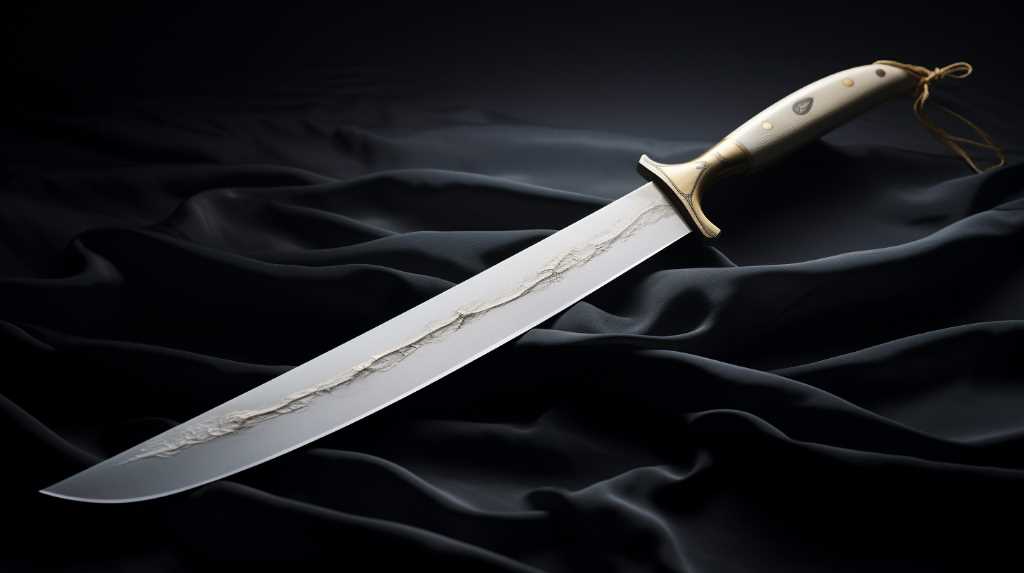
Regular maintenance and proper handling techniques are essential in preventing excessive damage and wear on a throwing knife.
Throwing knives are designed to withstand the force of impact when thrown, but without proper care, they can become damaged or dull over time.
To prevent damage, it is important to regularly inspect the knife for any signs of wear, such as chipped or bent edges.
Additionally, cleaning the knife after each use and storing it in a dry, secure location will help to prevent rust and corrosion.
Proper handling techniques, such as gripping the knife correctly and using the appropriate throwing technique, will also minimize wear on the knife.
Frequently Asked Questions
Can Throwing Knives Be Used for Purposes Other Than Throwing?
Throwing knives can serve multiple purposes beyond throwing. They can be used as survival tools, self-defense weapons, or for recreational activities like target practice. Their versatility makes them a valuable asset in various situations.
How Often Should I Replace My Throwing Knives?
The frequency of replacing throwing knives depends on several factors, such as usage, maintenance, and material quality. Regular inspections for signs of wear and tear, such as bent or chipped blades, will help determine when replacements are necessary to ensure optimal performance and safety.
Are There Any Specific Safety Precautions to Consider While Cleaning Throwing Knives?
When cleaning throwing knives, it is important to follow specific safety precautions. These may include wearing protective gloves, using a non-abrasive cleaner, and ensuring the knife is fully dry before storing it.
Can Throwing Knives Be Sharpened Using Regular Knife Sharpening Tools?
Throwing knives can be sharpened using regular knife sharpening tools, but it is important to ensure that the appropriate angle and technique are used to maintain the knife's balance and throwing ability.
Are There Any Recommended Exercises or Techniques to Improve Throwing Accuracy With Knives?
To improve throwing accuracy with knives, recommended techniques include practicing proper grip and release, maintaining a consistent throwing motion, and focusing on target visualization. Regular practice, under the guidance of a qualified instructor, can help refine precision and control.
Conclusion
In conclusion, maintaining a throwing knife is crucial for its longevity and optimal performance. Regular cleaning, proper storage, and regular inspections are essential practices.
Additionally, sharpening techniques help ensure the knife's effectiveness. By following these maintenance tips, throwers can prevent damage and wear, prolonging the knife's lifespan and making it a reliable tool for their throwing activities.
Notably, studies have shown that proper maintenance can increase a throwing knife's lifespan by up to 30%, emphasizing the importance of these practices for enthusiasts and professionals alike.

